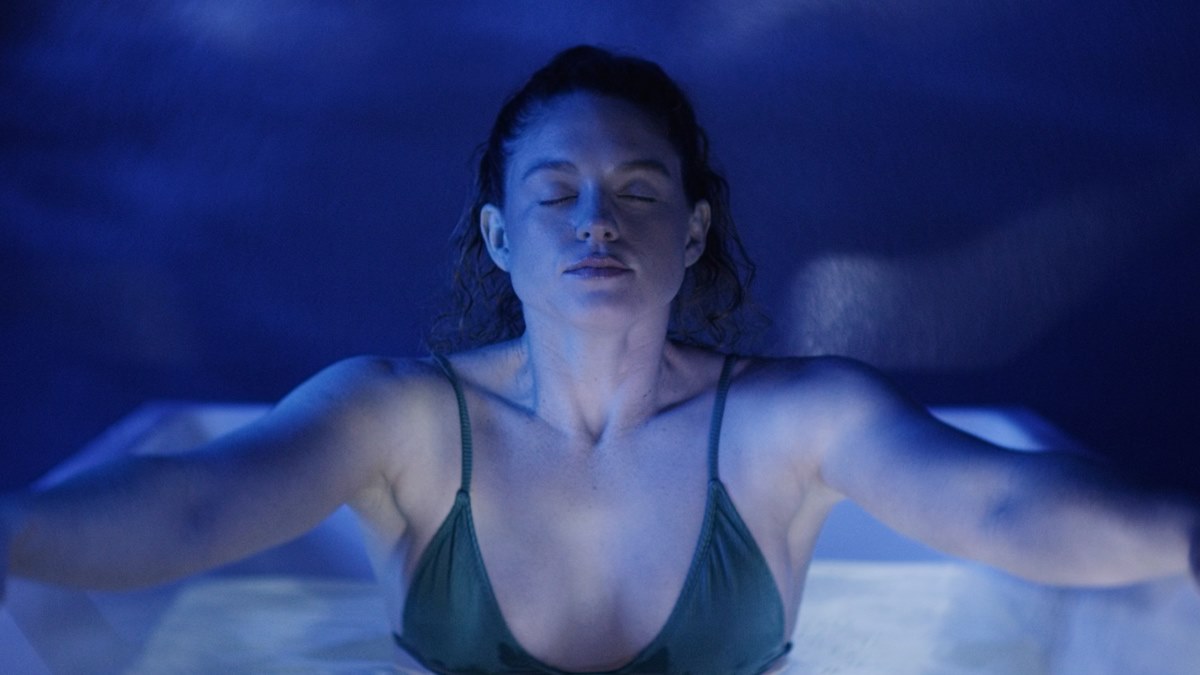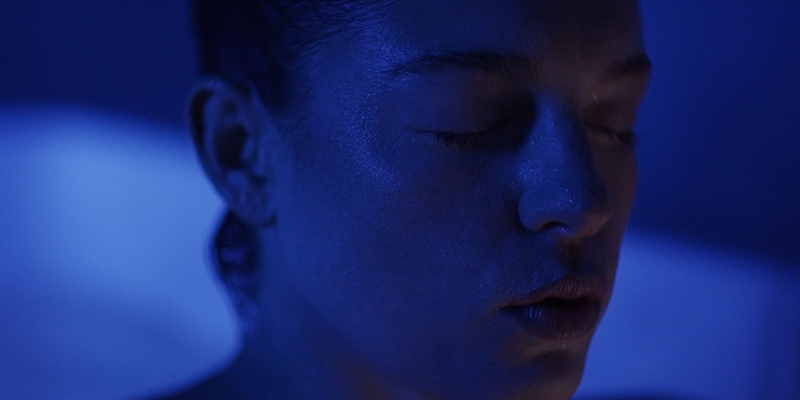Athletes are constantly looking for ways to push harder, recover faster, and stay mentally sharp. Traditional training and nutrition plans are only part of the equation. Physical strain, mental stress, and the demand for consistency require more refined recovery tools—and that’s where float therapy and cold plunge treatments come into focus. These methods are no longer seen as “extras” or luxuries. They're increasingly integrated into serious training regimens, both by elite performers and by everyday athletes chasing personal bests.
At Altered States Wellness, we offer both float therapy and contrast cold plunge sessions designed to support recovery, improve focus, and create a deep sense of physical reset—ideal for anyone dedicated to performance and longevity.
Rebuilding Through Stillness: The Role of Float Therapy in Athletic Recovery
Recovery isn’t only about physical rest. It's also about giving the nervous system a break, allowing muscles to reset, and quieting the mind. Float therapy offers a space that strips away external stimulation, which can be a game-changer for overworked bodies and minds.
Inside the float tank, the body is suspended in a concentrated Epsom salt solution, allowing muscles and joints to fully decompress. For athletes used to constant movement, this passive experience can feel foreign at first—but the benefits are significant. Floating helps reduce sensory input, encouraging the parasympathetic nervous system to activate. That’s the part of the nervous system that governs rest, digestion, and recovery. While floating, the body isn’t busy processing lights, noise, or gravity. That means more internal resources are freed up for tissue repair and cellular recalibration.
Mental clarity is another key element. Many athletes report enhanced focus and mood stability after consistent float sessions. This isn’t just about stress relief; it’s about creating the internal conditions necessary for high-performance thinking and reaction time. When competition days arrive, the ability to stay present and calm under pressure can be just as important as physical endurance.
Embracing the Cold: Why Cold Plunge Builds Physical and Mental Resilience
Cold water immersion might feel like a shock to the system, but that’s part of its effectiveness. The immediate cold triggers a natural fight-or-flight response, and learning to breathe through that discomfort builds resilience, focus, and mental discipline. These benefits extend well beyond the plunge pool.
On a physical level, cold plunging helps promote circulation and may assist the body’s natural inflammation response after intense activity. When exposed to cold, blood vessels constrict and then dilate upon warming—helping to flush the system, which many athletes say leaves them feeling recharged. Regular plunging also appears to encourage adaptability. Over time, the body learns to respond more efficiently to the cold, which many athletes believe contributes to faster muscle recovery and less soreness between sessions.
Mentally, cold immersion has become a practice of grounding and presence. It demands breath control, patience, and a willingness to sit with discomfort. That has direct crossover into performance environments where athletes must remain calm under pressure. Whether it’s the final lap of a race or the last quarter of a game, the ability to regulate emotion and stay mentally collected is critical. Cold plunging reinforces those skills in a very real, visceral way.
The Science of Combining Stillness and Stress for Optimal Recovery
Float therapy and cold plunge work in opposite ways, yet they complement each other beautifully. Float therapy invites full stillness—everything slows down, from muscle activation to brain wave frequency. Cold plunge, by contrast, activates stress response systems in a controlled way. When these two therapies are combined intelligently, they create a kind of rhythmic push and pull that supports both recovery and readiness.
Athletes often use float sessions after intense training blocks or games when the body and mind need deep rest. The sensory silence helps muscles recalibrate and the mind defragment. On days when the goal is activation, cold plunge comes first. That short burst of cold primes the nervous system, wakes up circulation, and sharpens focus—making it ideal before competition or morning training.

What’s important here is adaptability. These practices allow athletes to tune their state—either downregulating when stress is high, or energizing when fatigue takes over. The body isn't a machine that benefits from endless repetition. It thrives on contrast, rhythm, and intentional recovery. Float and cold plunge offer exactly that.
Athletes Leading the Way: Why This Trend Is Here to Stay
From UFC fighters to NBA players, more high-profile athletes are talking publicly about their float and cold plunge routines. But this isn’t about celebrity endorsement—it’s about accessibility. These recovery tools used to be confined to high-end training facilities or elite teams. Now, they’re available in boutique wellness centers and local recovery studios, which means weekend warriors, high school athletes, and anyone serious about their health can use them too.
This shift is rooted in experience. Athletes try these modalities because they're curious—but they stick with them because they feel the difference. Better sleep. Faster recovery between workouts. A clearer mind. A more responsive body. These aren’t miracle treatments. They’re tools that support the work already being done in training, diet, and lifestyle.
Just like strength gains come from consistent lifting, nervous system balance and recovery benefits from consistent float and cold exposure. That’s why more athletes are building these into their weekly rhythms, not just using them as post-injury treatments or occasional resets.
Beyond the Gym: How Recovery Shapes Longevity and Performance
Athletic performance isn't just about peak moments. It's about what happens between them. Recovery is where the body rebuilds, where the nervous system rewires, and where mental fatigue transforms into clarity. As training intensity increases, so does the need for meaningful downtime. That doesn’t always mean passive rest. Sometimes, it means proactive recovery—sessions designed to support the body without adding extra load.
Float therapy and cold plunge both fit this definition. They don’t replace sleep, stretching, or nutrition. They enhance it. They give the body and mind space to adjust to training demands, while helping athletes reconnect with the internal signals that so often get drowned out by the noise of modern performance culture.
And this is where the deeper value lies. Float tanks and cold pools offer more than recovery—they offer presence. They invite athletes back into their bodies, their breath, and their senses. That kind of awareness isn’t just helpful for performance. It’s necessary for sustainability.
Final Thought
Performance isn’t just built in the gym or on the field. It’s built in recovery rooms, float tanks, and cold plunge tubs—anywhere athletes learn to listen to their bodies and respond with care. Float therapy and cold immersion are more than trends; they’re tools for longevity, clarity, and real progress.
The modern athlete—whether professional or personal—is learning that recovery is not a luxury. It's a practice. And it's one that can elevate not just performance, but quality of life.




